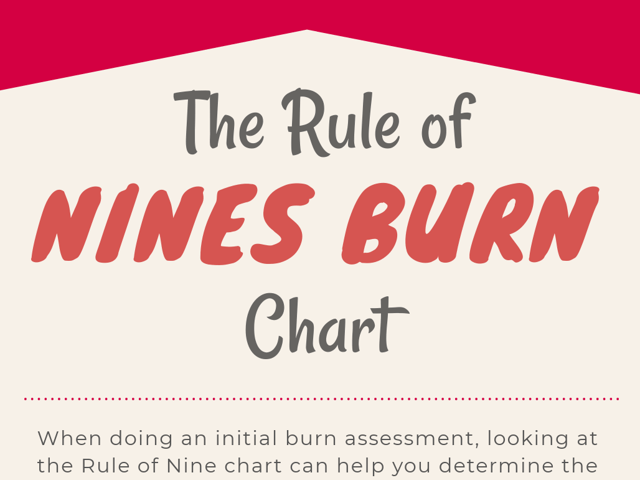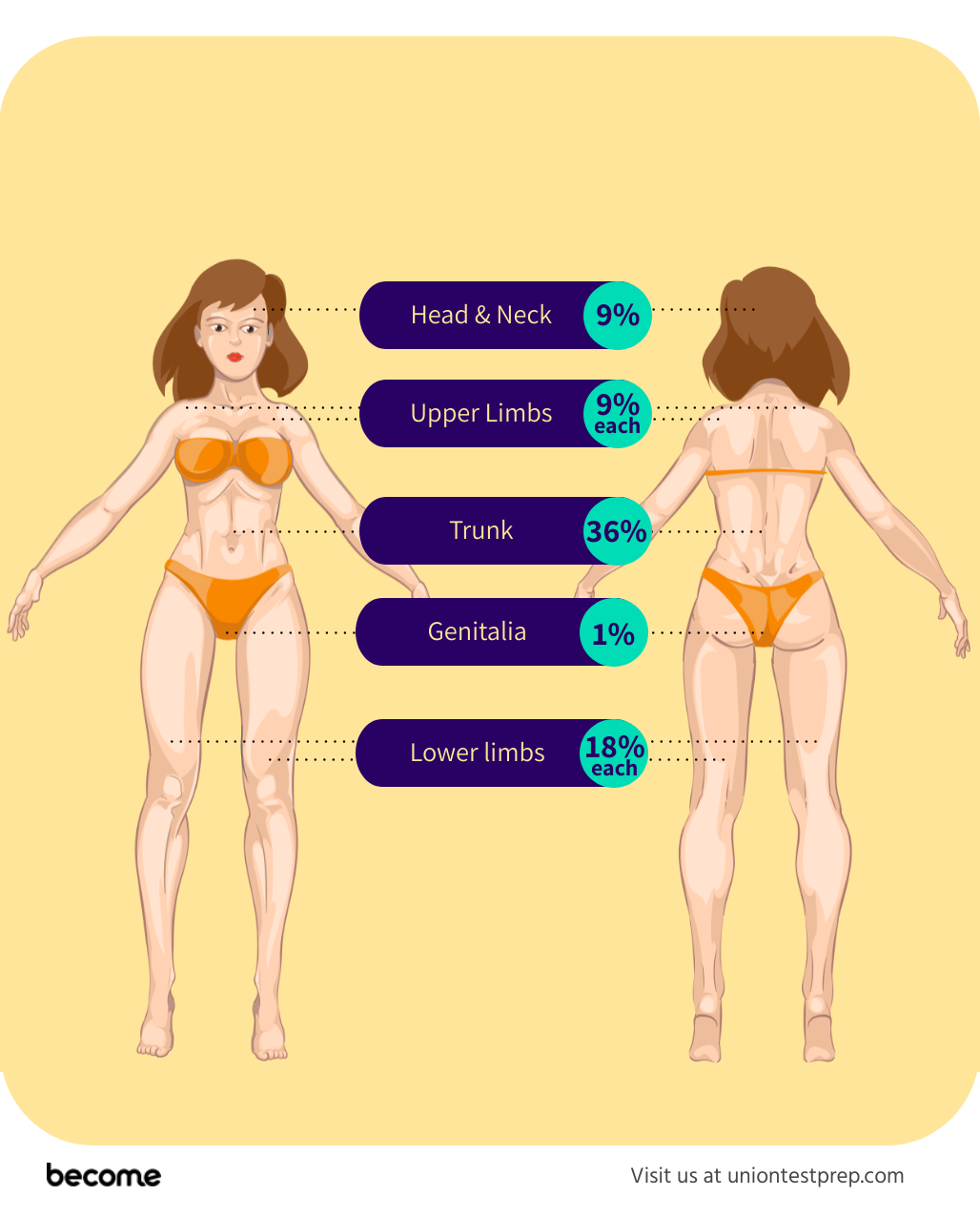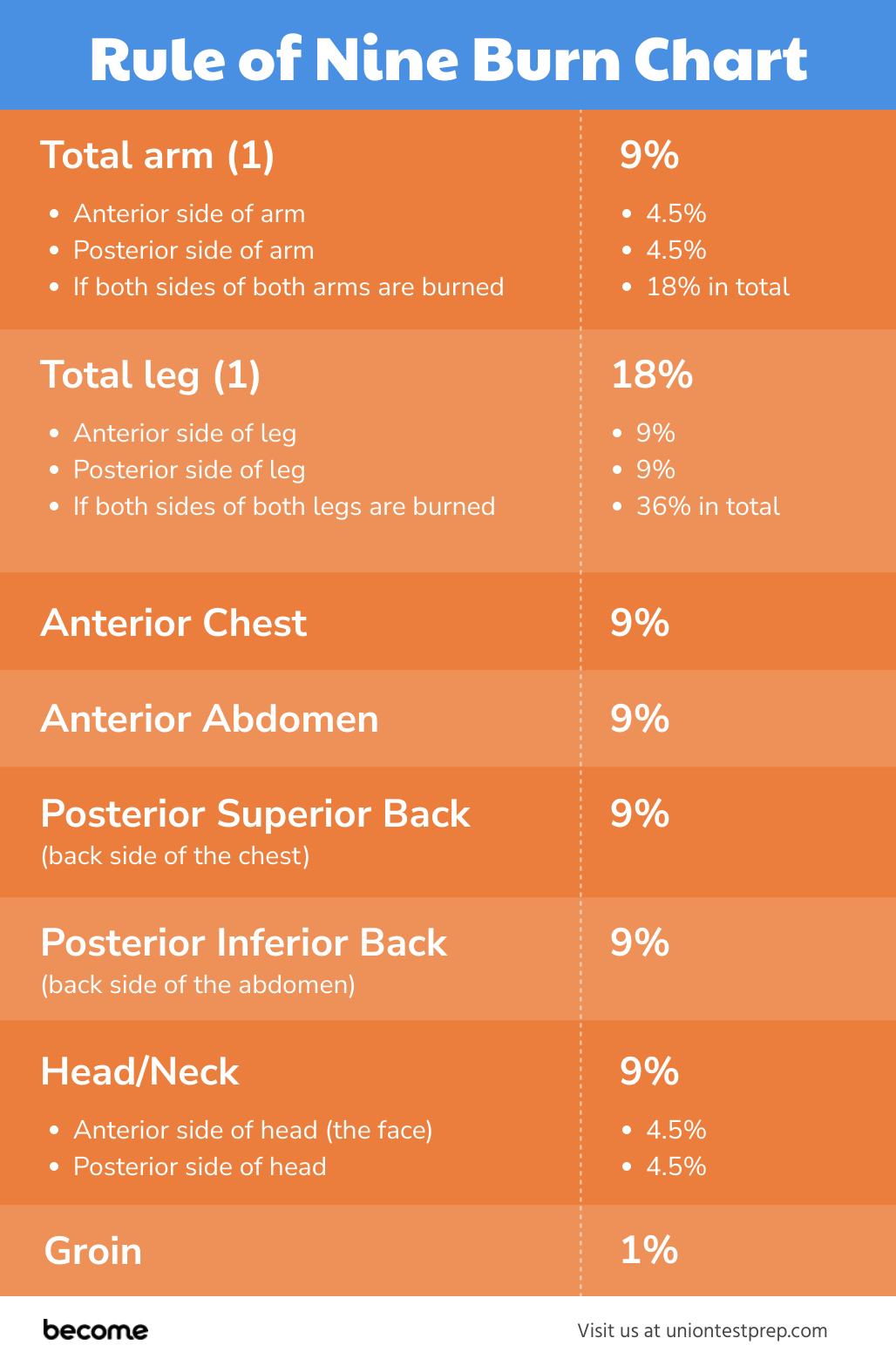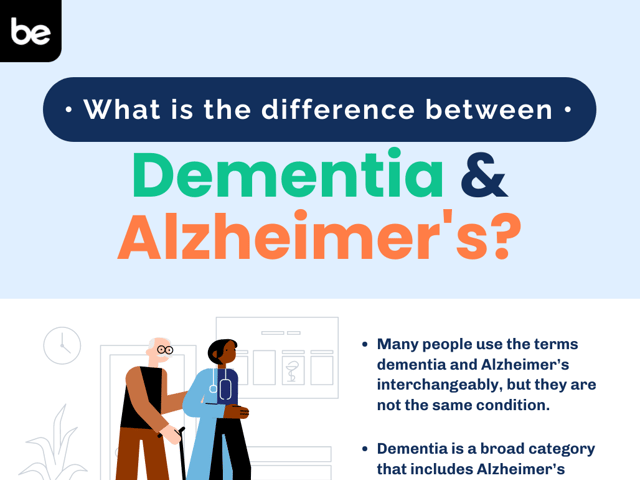
Burns in Adults: The Rule of Nine Chart
What Is Different about a Burn?
Burns are devastating injuries that require immediate and specialized attention and care. They cause a huge shift of fluid and an extensive inflammatory response that could progress quickly. There are many things to consider: classification, appropriate treatment, and psychosocial intervention. How do you know how much you need to fluid resuscitate? How do you determine if the patient needs to go to a burn unit?
The Rule of Nine
It starts with the Rule of Nine. When doing an initial assessment, looking at the Rule of Nine chart can help you determine the extent of the burn by using a quick estimate of total body surface area. Keep in mind, the Rule of Nine can only be used with partial thickness burns (second degree) and above, not superficial partial thickness (first degree), and only on patients over age 14. While other charts, such as the Lund-Browder chart, may be available, this one is easy to remember and fast. Time is of the essence when dealing with burn injuries. Generally, each limb is a multiple of nine, expressed in percentages.

Head and Neck
The front of the head, which includes the anterior neck and face, accounts for 4.5% of total body surface. The posterior head and neck account for 4.5% as well. If both the anterior and posterior head and neck are burned, 9% of the body would be affected.
Arms
The anterior and poster of the arms and hands are both 4.5%, or 9% for both arms.
Chest and Upper Back
The entirety of the torso, which encompasses the chest, back, and abdomen accounts for 36%. The breakdown is as follows:
- Anterior Chest 9%
- Posterior Superior Back 9%
- Anterior Abdomen 9%
- Posterior Inferior Back 9%
Legs
The anterior and posterior of each leg account for 18% of the body’s surface area, so if both legs are burned, it accounts for 36%.
Groin
The genitals account for 1% of the body’s surface area.

Using the Rule of Nine for Nursing Test Questions
Now that we have numbers down, let’s take a look at the type of question you may see on a nursing test:
You are working triage in the emergency department. During the night, a house fire has occurred and the patient has arrived in your unit with full-thickness burns covering the anterior side of his right arm and the anterior side of his chest. What percentage of his body is injured, according to the chart?
Anterior side of his arm (4.5%) + anterior side of his chest (9%) = 13.5%
Let’s try another:
A patient arrives to the emergency department with burns on his lower back and the back of both legs and feet. What percentage of his body is injured according to the Rule of Nine chart?
Posterior inferior back (9%) + posterior left leg (9%) + posterior right leg (9%)= 27%
If you didn’t get these the first time, no worries! It takes practice. Start doing problems by looking at the chart, then, when you think you have all the percentages memorized, try doing it without the chart. Before you know it, you’ll master these questions! If you’re looking for additional study help for burns or other nursing-related concepts, check out our practice tests, study guides, and flashcards for the NCLEX-PN.

Keep Reading

National Council Licensure Examination-Practical Nurse Blog
How Long Should I Study for the NCLEX-PN?
For aspiring nurses, the NCLEX-PN is a critical hurdle on the path to b…

National Council Licensure Examination-Practical Nurse Blog
How to Become an LPN
Would you like to average $30 dollars per hour in a rewarding full-time…

National Council Licensure Examination-Practical Nurse Blog
What Is the Difference between Dementia and Alzheimer’s?
Many people use the terms dementia and Alzheimer’s interchangeably, but…